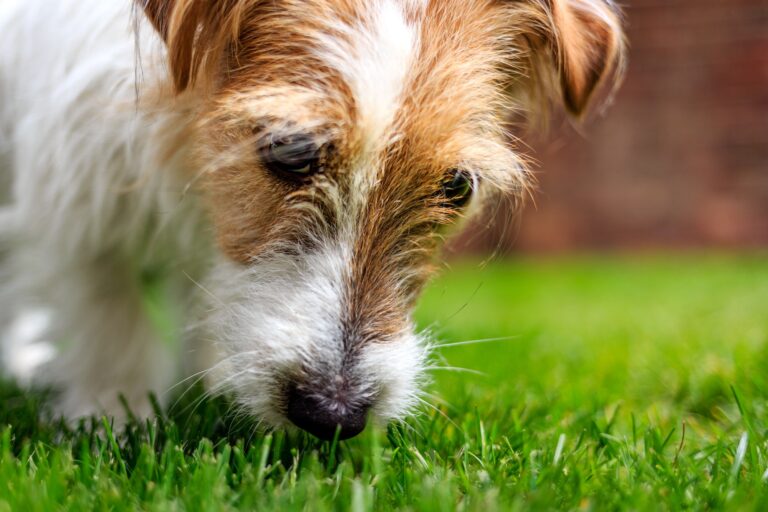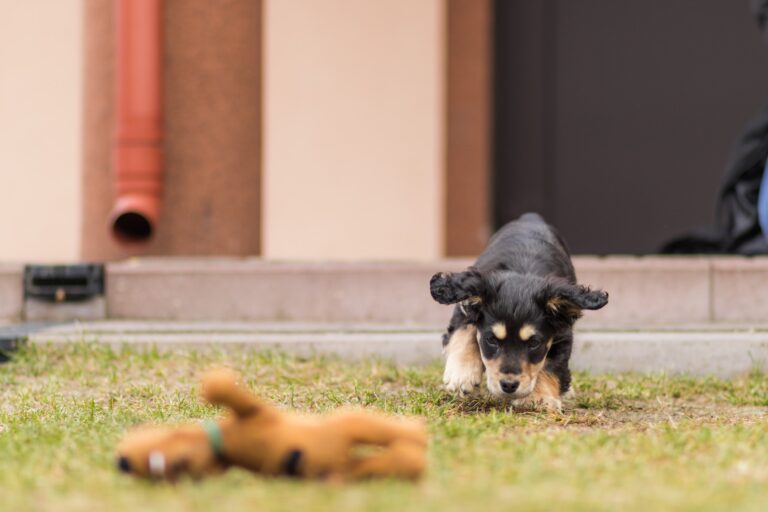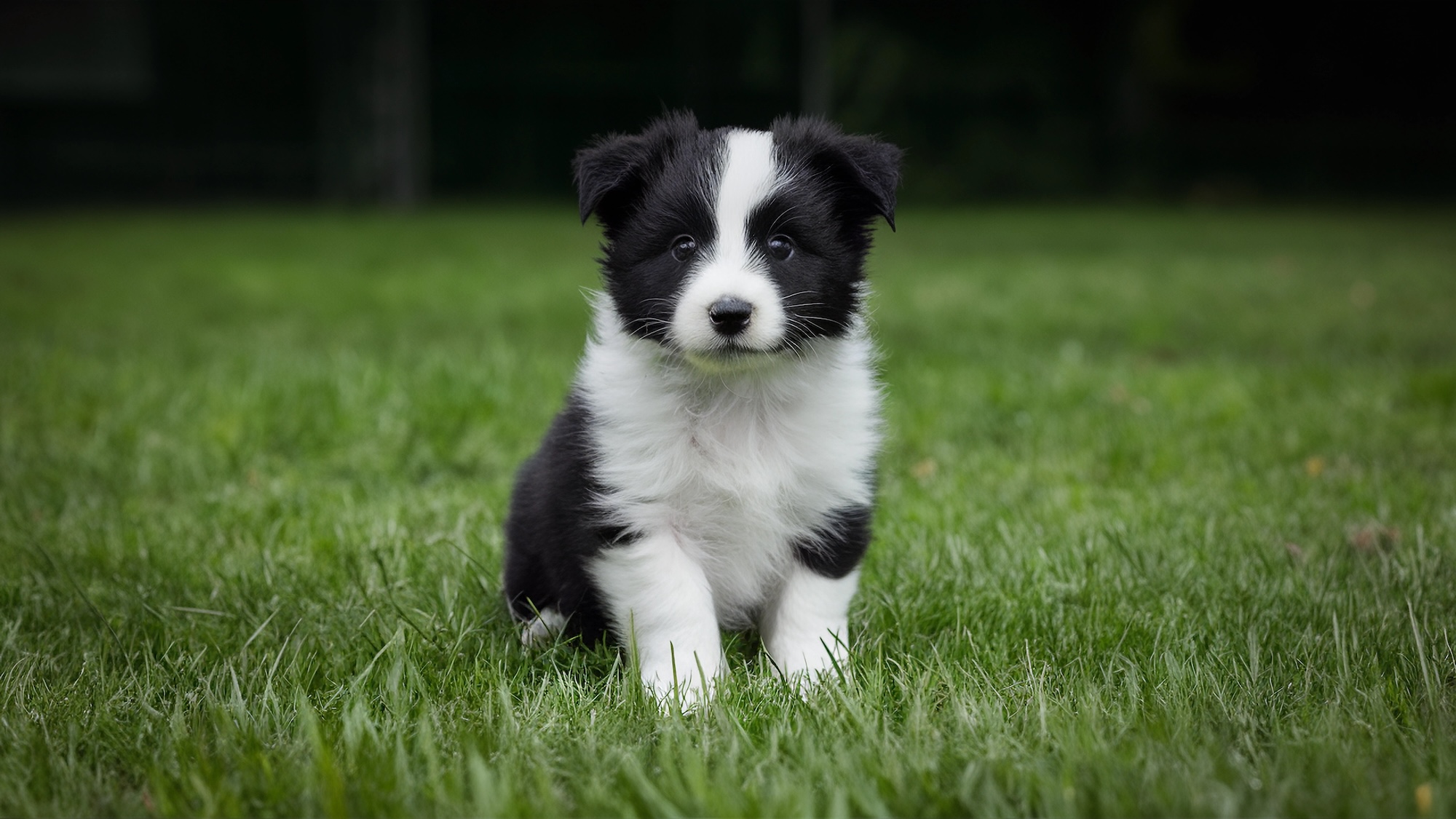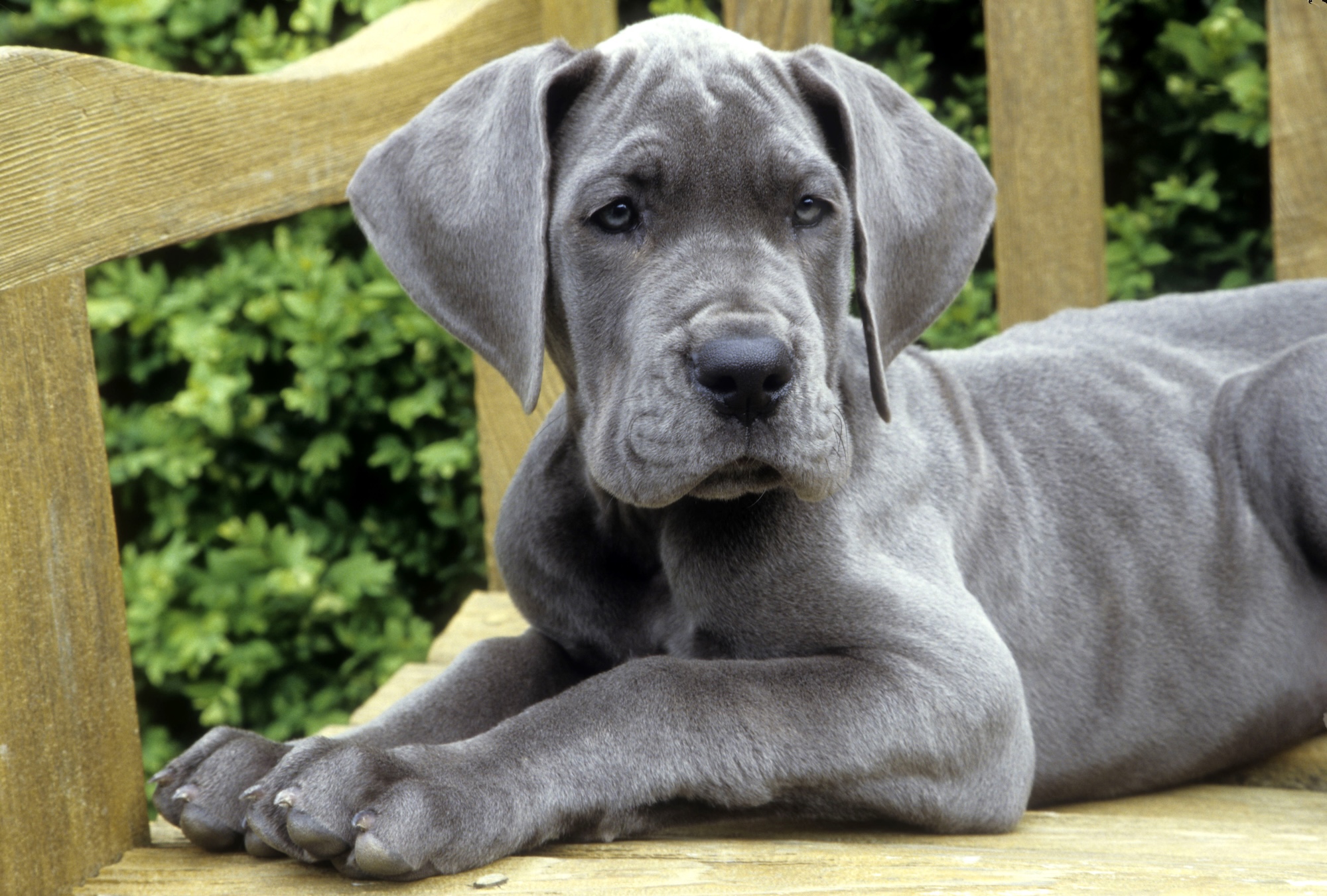When it comes to effective potty training, making a plan is key. We’re not talking about anything complicated—a simple schedule will do.
Keeping track of when your puppy goes, and how long it’s been since the last potty break, can help you reduce accidents, which is key in reinforcing the idea that outside is the only way to go!
Especially for young puppies, creating a routine and sticking to it will eliminate guesswork and, possibly, make the potty training process go quicker.
Read more about potty training your puppy here.
Making your potty schedule
When you’re making a potty training schedule, there are certain universal “rules,” and then there are things that will be specific to your own dog and your living situation. Once you combine these ingredients, knowing what to do becomes simple. The harder part is actually doing it!
Here are the elements that should go into your potty training schedule:
The “must-go” times:
- Always take your dog out after sleeping, eating, and an energetic playing or training session.
- When you wake up in the morning, take your dog out right away (don’t wait to shower, have coffee, breakfast, etc.). Naps count as sleep, so take your pup out after they rise from naps.
- If you see any behavior that looks like it’s signaling an imminent pee or poop—like sniffing around and circling, or seeking to walk away/get away—take them out.
- Keep mealtimes at the same times every day, and after they eat, wait no longer than 15 minutes to take them out. Dogs process food faster than we do. Take them out after they’ve had a drink of water too.

In addition to these rules, factor in your dog’s age. You can start potty training a puppy when they are about eight weeks old (ideally, they’re with their mother at least until eight weeks of age, if not longer).
Young puppies have small bowels and bladders, and they don’t have full control over their bladder until about five months. With a young puppy you’ve just started training, start by taking them out about every 45 minutes during waking hours. If you take them out at 45 minutes and they have an accident 40 minutes after the last break, you know that you need to take them out at a shorter interval.
Make sure you observe your puppy and make changes as they progress. Over time, the interval between breaks can get longer as they develop physically and start grasping the concept. After a week with no accidents, try increasing the time between breaks from 45 minutes to an hour, for example.
To develop a sense of how long your puppy should be able to hold it as you make progress, you can use the one-hour-per-month guide. So, a three-month-old puppy should be able to hold it for three hours. But make sure you’re not rushing it; start with more frequent trips outside and build up to that time. Use this formula as a sort of “speed limit”—don’t expect that they’ll automatically make it three hours from the get-go.

At night: Pick up your puppy’s water dish about two hours before bedtime to reduce the likelihood that they’ll need to relieve themselves during the night. Your puppy should be able to hold it longer than normal during the night—depending on their age and other factors, some puppies can sleep for approximately seven hours without needing a bathroom break. But they MAY need to go during the night. If your puppy does wake you up in the night, don’t make a big deal of it, otherwise they will think it is time to play and won’t want to go back to sleep. Turn on as few lights as possible, don’t talk to or play with your puppy, take them out, and then return them to their crate.
Data is your friend. Make notes. Make a note of when your dog goes potty (including pee and poop), and make a note of when they have an accident inside.
The more time you spend with your new dog, the more you can observe their behaviors. Do they get restless before they want to potty? Do they whine or sniff around? Keep tabs on these behaviors, because you’ll eventually use them to gauge when they need to go out.
Reward success with more freedom. As your dog learns the routine, and is successfully going potty outside, you can gradually give them more freedom when inside the house.
After two weeks of no accidents, if they’ve been confined to one area of the house, allow them to hang out in a larger area. After another two weeks, expand the “circle of freedom” further.
When it comes time to leave your dog alone, be sure to plan to be home (or have someone else be there) to take them out in time.
In general, your puppy should be reliably trained somewhere between one and five months. That said, al dogs are different, and all owners are too, which means there’s no strict timeline when you can expect to have a fully house-trained dog. Some small dogs may take longer to train than larger dogs (Yorkies seem to be famous for taking their time to learn this skill). The more reliably you follow your schedule, the quicker it should be for your dog to get it.
If you’ve been at it for a long time and following your schedule and you’re not seeing any progress, see your vet who can rule out an underlying health issue.
Read more about how to potty train your pup.




